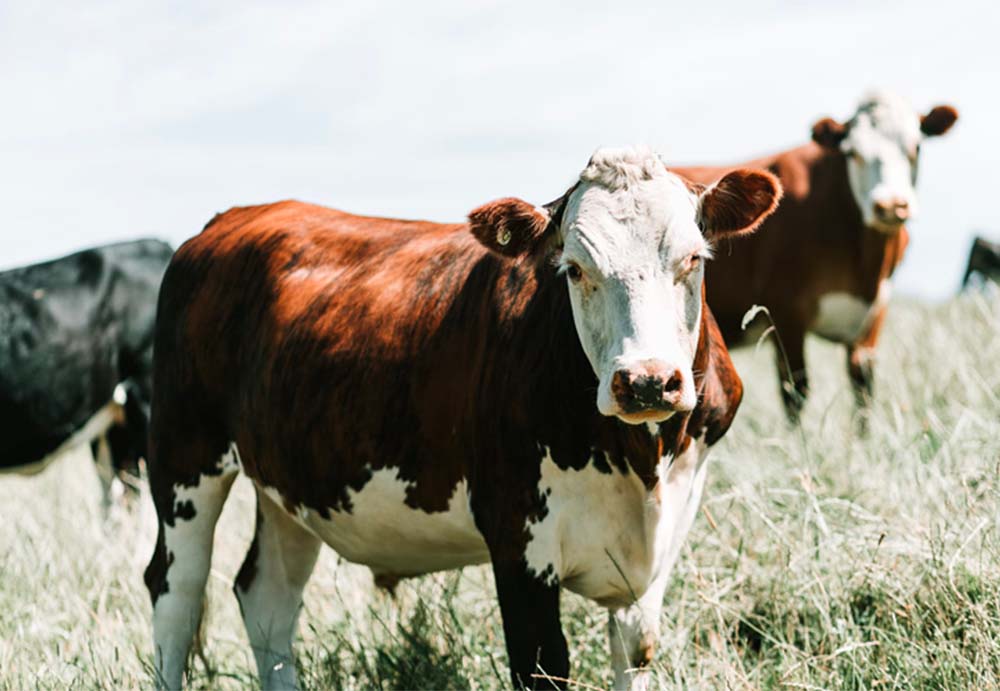Prevention Is Better Than A Cure
Producers may introduce new animals onto their properties for several reasons, including restocking, replacement rams or animals for fattening. These new animals may come from a range of sources such as saleyards, online sales or private sales.
Each time you introduce new animals onto your property there is a risk of introducing pests or diseases, and this risk needs to be minimised or eliminated if possible. The time and effort put into biosecurity when buying new stock greatly outweighs the cost of managing it later, and is much more efficient than having to treat a whole flock for a pest or disease which has spread from introduced animals.
Main Diseases & Pests Of Concern
- Bovine Johne’s Disease (BJD)
- Pestivirus (BVDV)
- Leptospirosis
- Pink Eye
- Vibriosis (Campylobacter infection)
- Cattle Tick
Quarantine
Keep new arrivals in a designated quarantine area away from other animals for at least 4 weeks. This will give you time to observe them and ensure they don’t show signs of disease or parasites, and get them up to date with their vaccinations and internal and external parasite treatments. A vet examination can be done if necessary.
Bulls may only be on site for a few months during the breeding season, but it is still best to quarantine them for a 4-week period before letting them mix with the rest of the herd. This may mean a change to management procedures, such as bringing the bull onto the property a month earlier than needed, to allow for quarantine time.
Ensure the quarantine area is kept clean and vermin-free if possible. Have designated equipment for use in the quarantine area only and minimise the number of staff who enter the quarantine area, maintaining a high level of hygiene.
New Stock Owners Checklist
Have a Property Identification Code (PIC)
Become accredited with the Livestock Production Assurance (LPA) program. This is voluntary, but most meat processors require livestock to be sourced from LPA accredited properties. If you are not LPA accredited, you will not be able to access LPA National Vendor Declarations (NVDs).
Order your NVDs.
Create a National Livestock Identification System (NLIS) database account.
Purchase NLIS tags through your local rural merchandiser for animals born on your property.
Check each animal has a tag before buying or selling animals.
Make sure you complete an NVD before selling or ask for an NVD from the vendor.
Complete transfer on NLIS database – this is only your responsibility if you are the buyer.
Common Signs To Look For
- Abnormal breathing
- Limping or unusual stance
- Poor quality coat
- Lethargy
- Inappetence or excessive drinking
- Discharge from nose, eyes or mouth
- Diarrhoea
If you notice your animals display any of these symptoms, seek veterinary advice.
NLIS Transfers
The National Livestock Identification System (NLIS) is Australia’s scheme for the identification and tracing of livestock movements, and it is crucial for the protection and enhancement of Australia’s reputation as a quality producer of beef and sheep meat.
All livestock must be ear tagged before they are moved from any property to a saleyard, abattoir, or another property. The tag must be printed with the Property Identification Code (PIC) of the property the animals are moving from, unless they are bought in animals and have already been tagged.
For property to property (P2P) transfers where the properties have different PIC’s, which includes private sales of animals, animals being agisted or lent, and online sales of animals. It is the responsibility of the buyer or receiver to complete the transfer on the NLIS database within 48 hours. The vendor may do this also, but it is not a requirement. However, it is always good to check the details are correct if the transfer has been done by a third party.
For animals sold or moved through a saleyard, the transfer in the NLIS database must be completed by the saleyard.
Further Resources
Agriculture Victoria
NSW Department of Primary Industries – Animals and Livestock
Click here to download a PDF version.
For further information, please contact the VFF Livestock Group on 1300 882 833 or by email [email protected]
Disclaimer: All care is taken in the preparation of the information and published materials produced by the Victorian Farmers Federation (VFF) including but not limited to errors, defects or omissions in the information provided. VFF does not make any representations or give any warranties about the accuracy, reliability, completeness, or suitability for any particular purpose in the preparation of the information and published materials. This publication is intended for general information purposes only and does not constitute financial, legal, investment, production, or marketing advice. To the maximum extent permitted by law, the VFF and all persons acting on behalf of the VFF in preparing documents, are excluded from all and any liability for any loss or damage of any kind arising in relation to this publication including any reliance on the information contained herein.
